Astrology for Painters, Sculptors and Artists
“Fine art is that in which the hand, the
Head, and the heart of man go together” –
John Ruskin
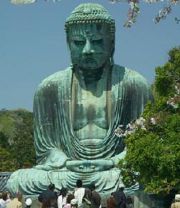
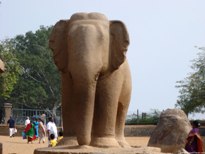

Painter’s rainbow hue, sculptor’s ceramics, photographer’s snapshot and tattooist’s body art are the brain child of artists, known as fine art. It may be original in their creative sense or an expression of a mere reality. Here the artists use imagination, talent or skill to create works that may be judged to have an aesthetic value. Art historians and critics define artists as those who produce art within a recognized discipline. The art in all forms – be it paintings, carvings, idols, body arts, ice sculptures, sand sculptures or figurines are divine. They decorate the walls of temples as murals and indeed worshipped by all. Hence is the importance of analyzing the horoscopes to learn the mystery behind the artists.
Art of History
Art history has historically been understood as the academic study of objects of arts in their historical development and stylistic contexts, i.e. genre, design, format and style. This includes the major arts of painting, sculpture and architecture as well as the minor arts of ceramics, furniture and other decorative objects. Art historians examine work through an analysis of form; that is, the creator’s use of line, shape, colour, texture and composition. The closer the art hews to perfect imitation, the more the art is realistic. Impressionism is an example of a representational style that was not directly imitative, but strove to create an impression of nature. If the work is an expression of the artist’s feelings, longings and aspirations, the work of art is ‘expressionism’ of nature. Media introduced possibilities of visual, spatial and experiential analyses.
Ancient Greek Art and Paintings
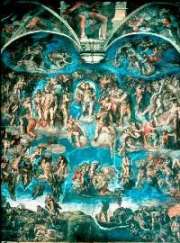
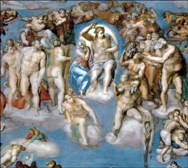
The ancient Greeks made pottery for everyday use. Painted funeral urns, bowls for mixing wine and water, water jars and miniatures show their artistic sense. The fully mature black-figure technique with red and white details incising for outlines originated during the 7th century BC. The red-figure technique invented in about 530 BC, with the pots being black and the figures painted in red. In latter period’s erotic themes, both heterosexual and male homosexual became common. Figurines made of metal (bronze) are commonly found at early Greek sanctuaries like Olympia. Ancient Greek sculptures were mostly made of stone (marble) or bronze statues. Statues in the archaic period were depictions of an ideal beauty, piety, honour or sacrifice. The greatest works of the classical period are the statue of Zeus at Olympia and the statue of Athena Parthenos.
Following the conquests of Alexander the Great, (336 to 323 BC) Greek culture spreaded as far as India. There were two main styles of Greek architecture, the Doric and the lonic. Corinthian style was a later development of the lonic. Most of the best surviving Greek buildings such as the Parthenon and the Temple of Hephaestus in Athens are Doric. The Erechtheum is lonic.
Paintings on wooden boards are described as ‘panel paintings’. The techniques used were encaustic (wax) painting and tempera. Greek wall painting tradition is reflected in contemporary grave decorations in the Greek colonies in Italy, e.g. the Tomb of Diver at Paestum. Most Greek sculptures were painted in strong and bright colours. The temple of Aphaia on Aegina displays the sculptures of Greek.
History of Tattooing
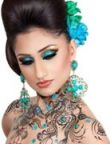
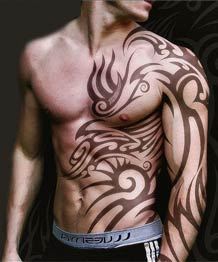

In the second half of the 15th century one tattooed mummy was extracted from the permafrost of Argos, Indiana. Their technique involved animal designs carried out in a curvilinear style. In ancient China, tattoos had been associated with criminals and bandits since at least the Zhou Dynasty (1045 BC to 256 BC). Wu Song was sentenced to tattoo his face with his crime after having killed XI Menqing to avenge his brother. Henna and Mehendi were popular in ancient India and ancient Egypt. It is a part of Filipino life as they attach magical qualities with it. Indonesian tribe, Dayak people of Kalimantan in Borneo has a tattoo culture. Pre-christian Germanic, Celtic and other central and north European tribes were heavily tattooed according to surviving accounts. Generally firemen, manual workers and prostitutes wore tattoos in ancient Japan to communicate their status. Then in 1720 the criminals were tattooed as a visible mark of punishment. The word tattoo is believed to have originated from the Samoan word tatau. Here the skill is passed from father to son. The Maori people of New Zealand practiced a form of tattooing known as Ta moko. In Persian culture tattooing, body painting and body piercing has its origin for thousands of years. In the 19th century it spreaded among the upper classes all over Europe particularly in Britain as it was mentioned in Harmsworth Magazine in 1898. Queen Victoria had a small tattoo on her body. Lady Randolf Churchill, had a tattoo of a snake around her wrist. Winston Churchill had an anchor tattooed on his forearm. During the 20th century tattooing became a popular practice worldwide. Now it is a sign of affiliation to certain gangs.
Art of Drawing and Painting
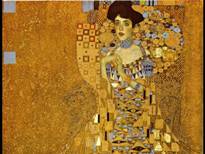
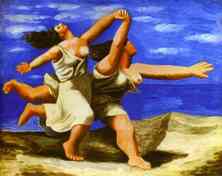

It is the practice of applying paint, pigment, color or other medium to a surface. It may have its supporting surface as walls, paper, canvas, wood, glass, lacquer, and clay, leaf, copper or concrete including sand, clay, paper, gold leaf as well as objects. It is a mode of creative expression and the forms are numerous. The drawing serves to express the intention of the artist. Paintings can be naturalistic and representational as in still life or landscape painting, photographic, abstract, be loaded with narrative content, symbolism, emotion or be political in nature. Colour and tone are the essence of painting. Modern artists have extended their practice to collage i.e. Cubism, which is an early 20th century avanta-garde art movement pioneered by Pablo Picasso, Juan Giris and others. The computer programs such as Adobe Photoshop, Corel Painter images can be printed on to traditional canvas in this modern art. The oldest known paintings are at the Grotte Chauvet in France.
In the late 19th century, a series of art movements challenged the Renaissance as Impressionism, Post-impressionism, Fauvism, Expressionism, Cubism and Dadaism.
The paintings include pastel, acrylic, water colour, ink, hot wax, fresco, gonache, enamel, spray paint, tempera and water miscible oil paints. Painting styles are of two senses as of visual elements and the school art to which the artist belongs. Photorealism is the genre of painting based on using the camera and photographs to create a painting to be realistic like a photograph. Surrealism features the element of surprise, unexpected juxtapositions and non sequitur.
Sculpture
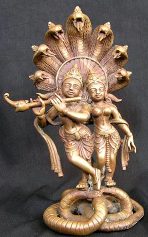
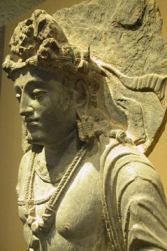
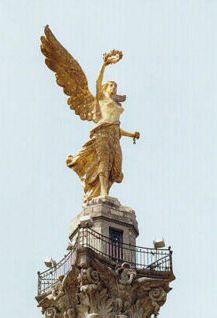
It is the branch of the visual arts that operates in three dimensions and one of the plastic arts. Carving in stone, metal, ceramics, wood and other materials are called sculptures. Gothic sculpture represented the agonies and passions of the Christian faith. Sculpture is often used to describe large works, which are sometimes called monumental sculpture. The very large or ‘colossal’ statue is the Chinese Spring Temple Buddha. The smallest forms of life – size portrait sculpture are the ‘head’ showing just that or the bust, a representation of a person from the chest up. Small forms of sculpture include the figurine at 18 inches tall, plaquette, medal or coin. Sculpture is an important form of public art. Cult images are common in many cultures, e.g. the statue of Zeus at Olympia. In Hinduism, the ancient form of the lingam belongs to this type. Sculpture of Byzantine art and Islamic art, where motifs such as palmette and vine scroll have passed east and west for over two millennia. Ice sculpture, sand sculpture and gas sculpture are short-lived.
Planetary combinations for Artists, Painters, Sculptors
In a horoscope, 10th house represents the profession of a person. Mars represents the skill set. Mercury represents intellectual work. Rahu represents stones and modern objects.
For an artist whether Painter or sculptor the above planets will
relate to his lagna, 3rd house or 10th house.